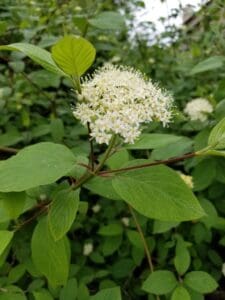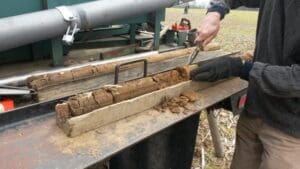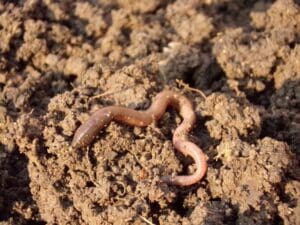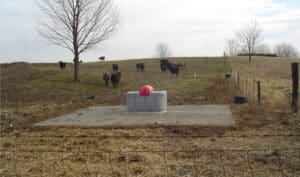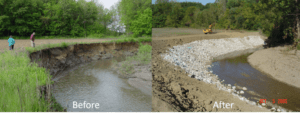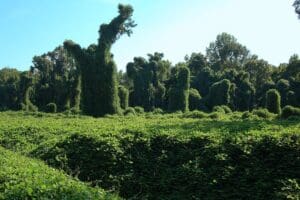Agriculture
Understanding the Extremes by Carrie Brown, Engineering Technician How often does a “100-year rainfall event” occur? It turns out that the answer is a bit more complicated than you might think. It is a common misconception that a “100-year flood” happens once in 100 years. The term can be quite deceiving when taken at face…
Read MoreCoyote Run encompasses approximately 900 acres in Pickerington and Violet Township in Fairfield County, Ohio. The private conservation project is a mixture of agricultural land and natural areas, and owners David Hague and Tammy Miller are striving to transform the property to its natural state prior to colonization. *The audio and photo slideshow of this…
Read MoreOur 2021 Seedling Tree Sale has finally arrived! Additional information on this year’s selection and details on ordering can be found on our website. Join us weekly as we highlight this year’s available tree species. Red Osier Dogwood This week’s 2021 Tree Sale highlight is the Red Osier Dogwood. Though it tends to be a bit of…
Read MoreHealthy soil equals healthy plants. Learn how to properly assess your soil’s health. In our last post on Soil Health, we explored the many microscopic organisms and creepy-crawlies that make soil their home. From nitrogen-fixing bacteria and nutrient-cycling fungi, to soil-aggregating earthworms and residue-shredding arthropods, soil is teeming with a great diversity of life. And by supporting…
Read MoreJoin us for Part 1 in this exciting series as we investigate the many important functions of soil and the hidden biology behind it! You may not know it, but there is an entire world that exists under your feet that is as grand and complex as any ecosystem you may find on the surface…
Read MoreThe Environmental Quality Incentives Program (EQIP) is a voluntary conservation program which helps producers make conservation work for them. Applications are due by January 15, 2021. NRCS provides agricultural producers with financial resources and one-on-one help to plan and implement improvements, or what NRCS calls conservation practices. Using these practices can lead to cleaner water…
Read MoreWe often receive calls regarding the best practices of water drainage. (“Water” is in our name, after all!) Below are water drainage “rules of thumb” that we at Fairfield Soil and Water Conservation District often recommend to folks. Some information is found in more detail in the resource sections of our website at www.fairfieldswcd.org. Streambanks and…
Read MoreFrom Vampires and Ghosts to Werewolves and Zombies, science fiction and horror writers have created many startling characters with terrifying, yet memorable, traits. With Halloween quickly approaching, let’s take a look at three science fiction inspirations…that are anything but fiction. Dodder With nicknames that include “Devil’s guts,” “vampire plant,” and “witch’s hair,” few plants hold the spook-factor that dodder…
Read MoreThis week we wrap up our series on leaves by examining the methods and benefits of utilizing the fallen ones! I don’t know about you, but one of the keystone autumn memories I cherish from my childhood is raking leaves into an enormous pile…only to wreck my efforts by diving into them. Of course, this…
Read MoreIncrease organic matter, protect soil, and improve next year’s crop by “clothing” your fields in Cover Crops this fall. Cover crops are plants that are seeded into agricultural fields to improve or maintain the quality of the ecosystem found just under the surface. They are typically grown for the benefit of soil health rather than…
Read More


